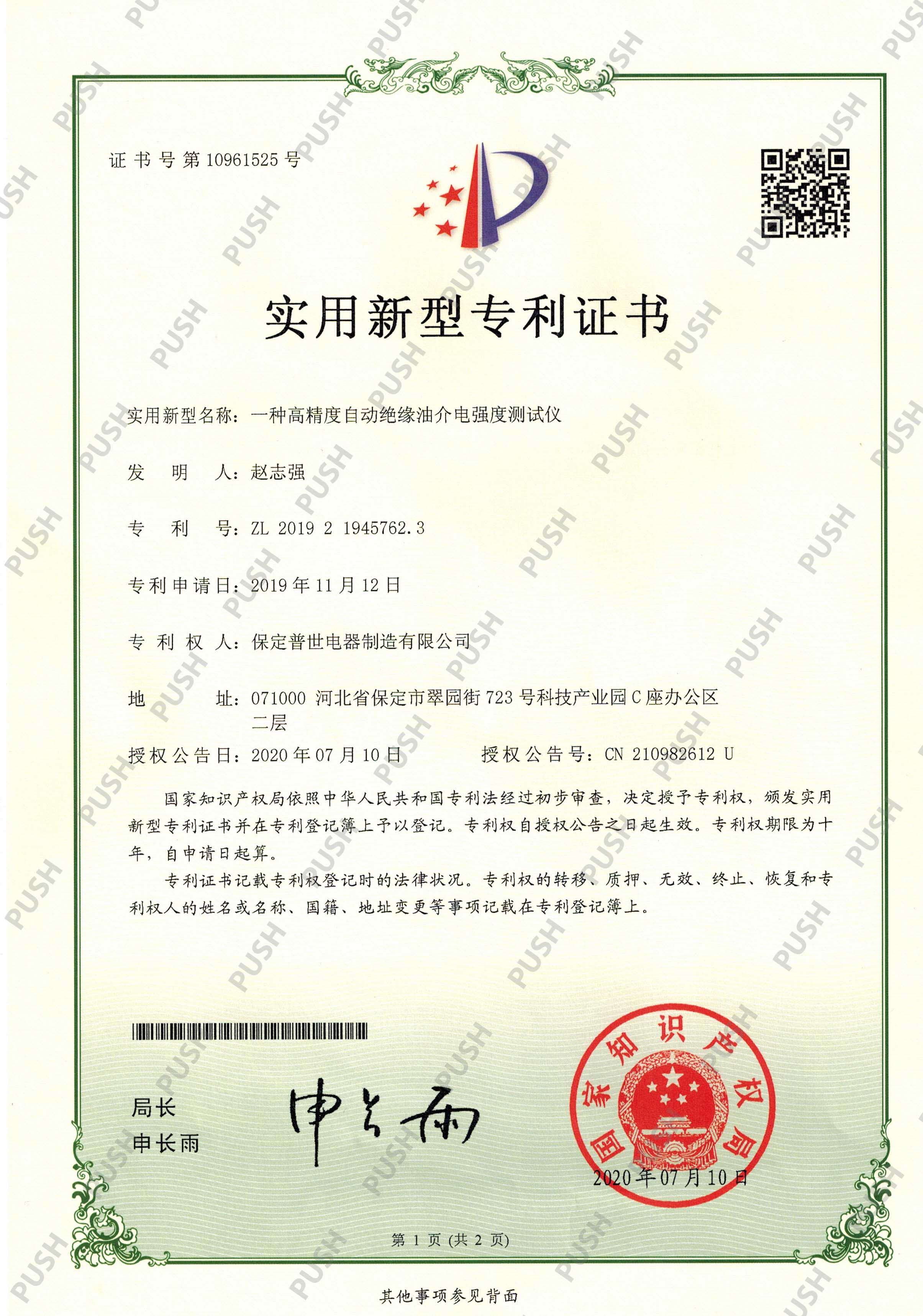 English
English



-
 Afrikaans
Afrikaans -
 Albanian
Albanian -
 Amharic
Amharic -
 Arabic
Arabic -
 Armenian
Armenian -
 Azerbaijani
Azerbaijani -
 Basque
Basque -
 Belarusian
Belarusian -
 Bengali
Bengali -
 Bosnian
Bosnian -
 Bulgarian
Bulgarian -
 Catalan
Catalan -
 Cebuano
Cebuano -
 China
China -
 China (Taiwan)
China (Taiwan) -
 Corsican
Corsican -
 Croatian
Croatian -
 Czech
Czech -
 Danish
Danish -
 Dutch
Dutch -
 English
English -
 Esperanto
Esperanto -
 Estonian
Estonian -
 Finnish
Finnish -
 French
French -
 Frisian
Frisian -
 Galician
Galician -
 Georgian
Georgian -
 German
German -
 Greek
Greek -
 Gujarati
Gujarati -
 Haitian Creole
Haitian Creole -
 hausa
hausa -
 hawaiian
hawaiian -
 Hebrew
Hebrew -
 Hindi
Hindi -
 Miao
Miao -
 Hungarian
Hungarian -
 Icelandic
Icelandic -
 igbo
igbo -
 Indonesian
Indonesian -
 irish
irish -
 Italian
Italian -
 Japanese
Japanese -
 Javanese
Javanese -
 Kannada
Kannada -
 kazakh
kazakh -
 Khmer
Khmer -
 Rwandese
Rwandese -
 Korean
Korean -
 Kurdish
Kurdish -
 Kyrgyz
Kyrgyz -
 Lao
Lao -
 Latin
Latin -
 Latvian
Latvian -
 Lithuanian
Lithuanian -
 Luxembourgish
Luxembourgish -
 Macedonian
Macedonian -
 Malgashi
Malgashi -
 Malay
Malay -
 Malayalam
Malayalam -
 Maltese
Maltese -
 Maori
Maori -
 Marathi
Marathi -
 Mongolian
Mongolian -
 Myanmar
Myanmar -
 Nepali
Nepali -
 Norwegian
Norwegian -
 Norwegian
Norwegian -
 Occitan
Occitan -
 Pashto
Pashto -
 Persian
Persian -
 Polish
Polish -
 Portuguese
Portuguese -
 Punjabi
Punjabi -
 Romanian
Romanian -
 Russian
Russian -
 Samoan
Samoan -
 Scottish Gaelic
Scottish Gaelic -
 Serbian
Serbian -
 Sesotho
Sesotho -
 Shona
Shona -
 Sindhi
Sindhi -
 Sinhala
Sinhala -
 Slovak
Slovak -
 Slovenian
Slovenian -
 Somali
Somali -
 Spanish
Spanish -
 Sundanese
Sundanese -
 Swahili
Swahili -
 Swedish
Swedish -
 Tagalog
Tagalog -
 Tajik
Tajik -
 Tamil
Tamil -
 Tatar
Tatar -
 Telugu
Telugu -
 Thai
Thai -
 Turkish
Turkish -
 Turkmen
Turkmen -
 Ukrainian
Ukrainian -
 Urdu
Urdu -
 Uighur
Uighur -
 Uzbek
Uzbek -
 Vietnamese
Vietnamese -
 Welsh
Welsh -
 Bantu
Bantu -
 Yiddish
Yiddish -
 Yoruba
Yoruba -
 Zulu
Zulu
oil friction test machine
Understanding the Oil Friction Test Machine A Key Tool for Material Testing
In the world of engineering and material science, the performance of materials under various conditions is crucial. One key aspect that engineers and researchers focus on is friction. Friction plays a significant role in the interaction between different materials, especially in applications involving lubrication. The Oil Friction Test Machine is an essential apparatus designed to analyze and quantify the frictional properties of lubricated surfaces.
The primary function of the Oil Friction Test Machine is to simulate the conditions under which materials come into contact with each other while lubricated with oil. This machine serves various industries, including automotive, aerospace, and manufacturing, where understanding the friction characteristics of materials can lead to improved performance and longevity of components.
How It Works
The Oil Friction Test Machine operates by simulating real-world conditions where oil is used as a lubricant between two surfaces. The machine typically consists of a test specimen holder, a rotating mechanism, and a friction measurement system. The test specimens, which could be metal, plastic, or composite materials, are positioned in the machine where they are subjected to specific loads and speeds.
oil friction test machine

Oil is introduced to the test area, and the machine measures the frictional force as the surfaces interact. This data is crucial in determining the coefficient of friction, which is a dimensionless number representing the ratio of the force of friction between the surfaces to the normal force pressing them together. By varying the type of oil, the pressure, and the sliding speed, engineers can analyze how different factors affect frictional behavior.
Importance of Friction Testing
Understanding friction characteristics is vital for several reasons. Firstly, it aids in the selection of appropriate lubricants for different applications, ensuring optimal performance and reducing wear on mechanical components. Secondly, by identifying the friction coefficients, engineers can predict the behavior of materials in motion, allowing for better design decisions in machinery and vehicles. Lastly, evaluating the performance of lubricants under various conditions can lead to the development of advanced materials that offer superior lubricating properties.
Conclusion
In conclusion, the Oil Friction Test Machine is a crucial tool for testing and analyzing the frictional properties of materials under lubrication conditions. By providing detailed insights into how materials interact when lubricated with oil, this machine plays a significant role in the development of more efficient and durable mechanical systems. As industries continue to evolve and require more reliable materials, the importance of friction testing will only continue to grow, solidifying the Oil Friction Test Machine's place as an indispensable asset in material science and engineering. Through ongoing research and innovation, we can look forward to advancements that will enhance the performance and longevity of components across various applications.
-
Testing Equipment Industry Sees Major Advancements in 2025: Smart & Precision Technologies Lead the WayNewsJun.06,2025
-
Applications of Direct Current Generators in Renewable Energy SystemsNewsJun.05,2025
-
Hipot Tester Calibration and Accuracy GuidelinesNewsJun.05,2025
-
Digital Circuit Breaker Analyzer Features and BenefitsNewsJun.05,2025
-
Benefits of Real-Time Power Quality Monitoring Devices for Industrial EfficiencyNewsJun.05,2025
-
Earth Fault Loop Testing in High-Rise Building Electrical SystemsNewsJun.05,2025



